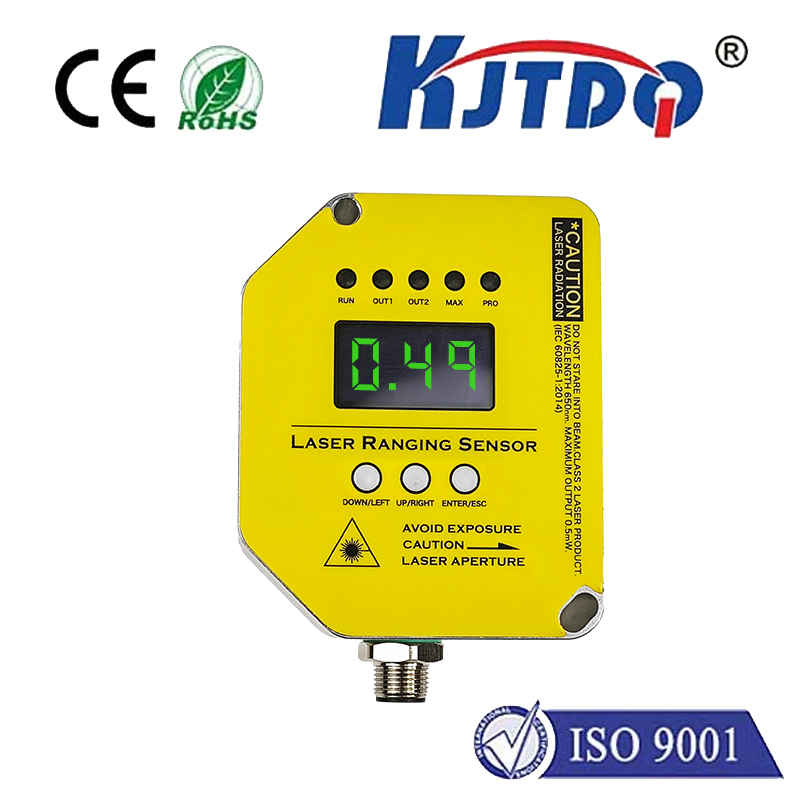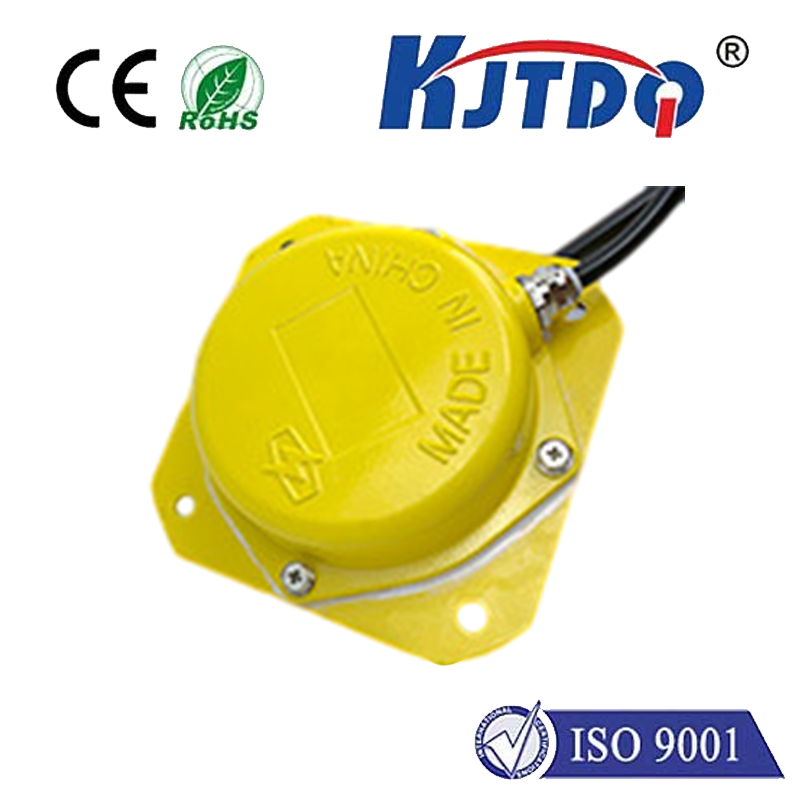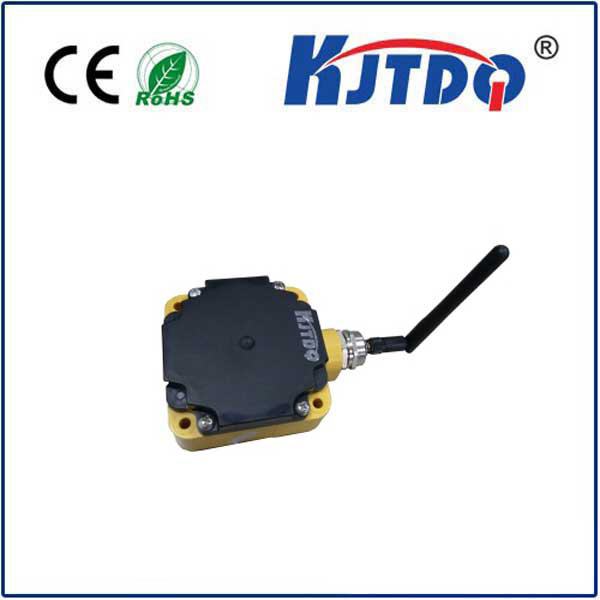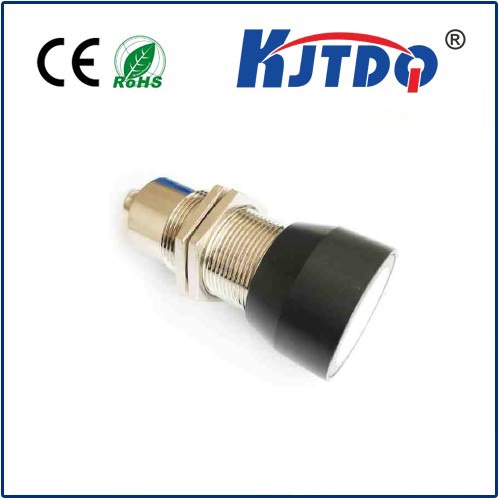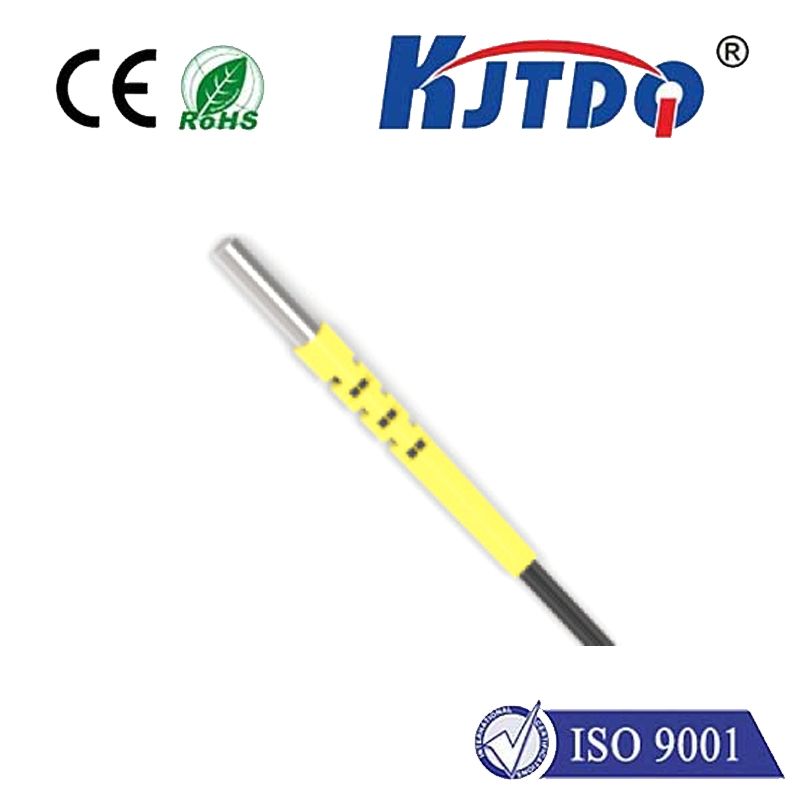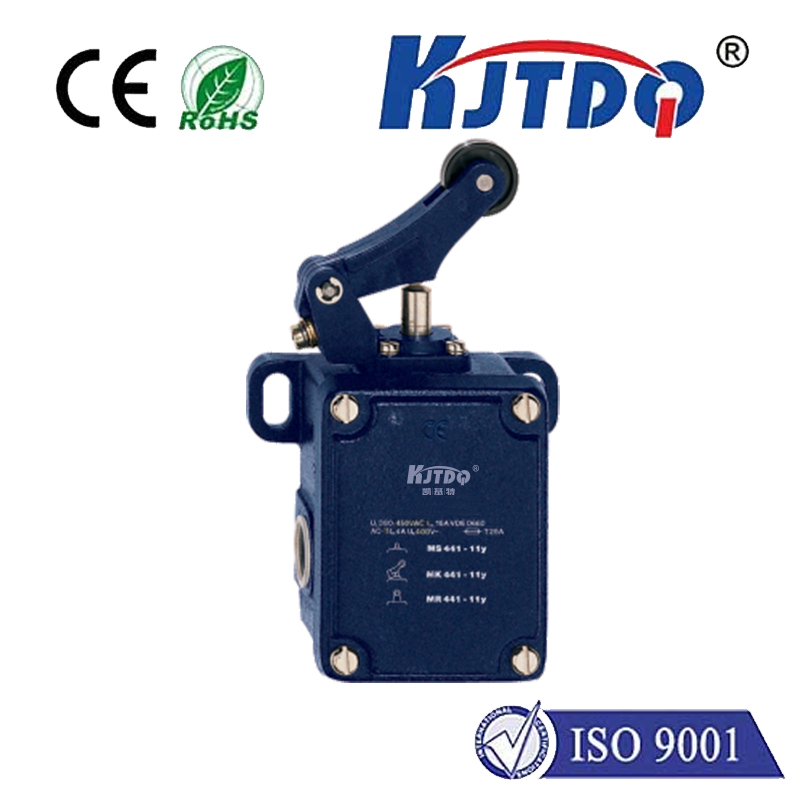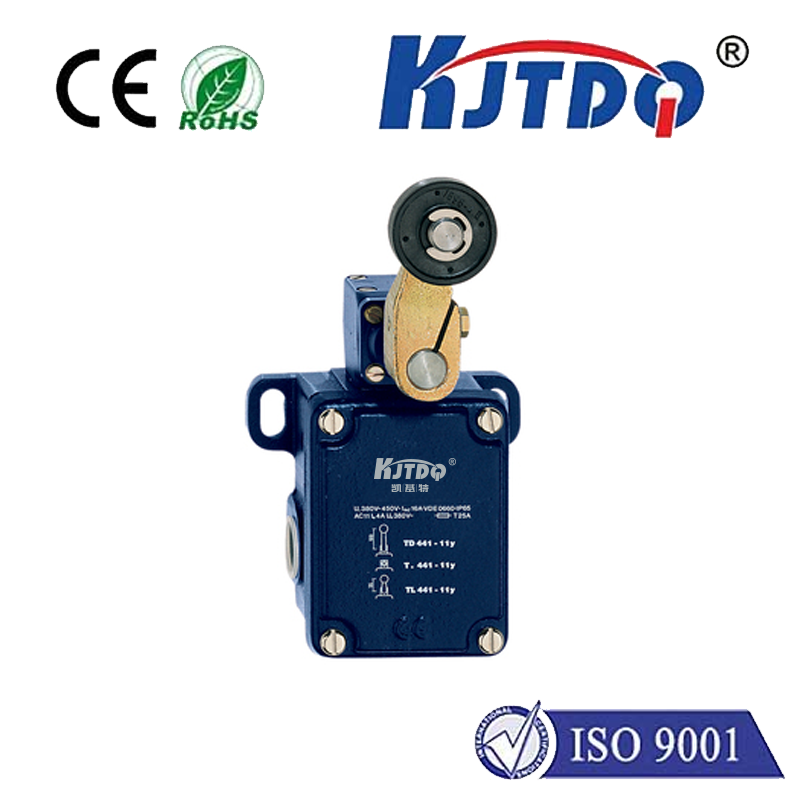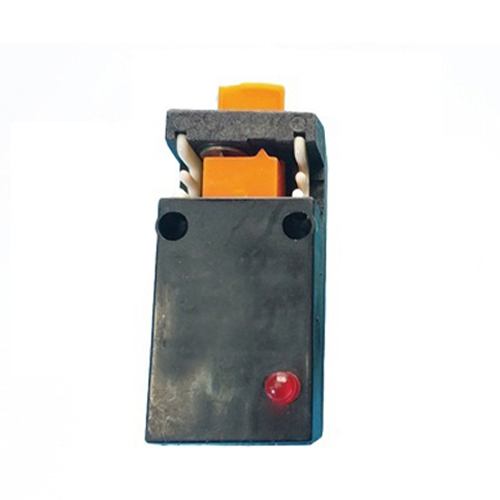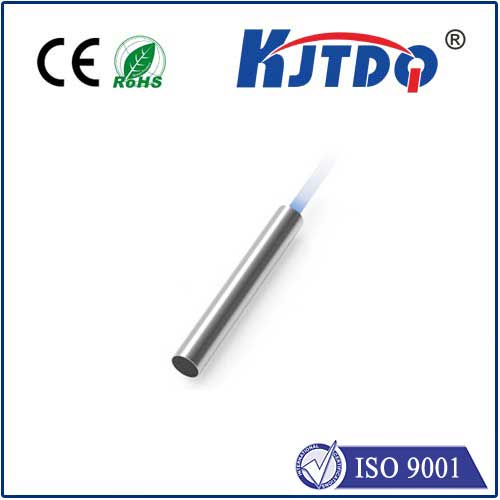

check

check

check

check

check

check

check

check

check

check

Title: Advancing Temperature Measurement Precision with Fiber Optic Technology In the ever-evolving landscape of industrial technology, precision in temperature measurement is paramount. One breakthrough that stands out is the use of fiber optic temperature measurement systems. This technology has revolutionized how we monitor and manage temperatures in various applications, ensuring both accuracy and safety. What is Fiber Optic Temperature Measurement? Fiber optic temperature measurement uses strands of glass fibers, thinner than a human hair, to transmit light signals. When exposed to thermal changes, the properties of these fibers alter, bending and reflecting light differently. These changes are then converted into temperature readings with high precision and minimal interference. Unlike traditional electrical sensors, fiber optic sensors can withstand extreme conditions such as high electromagnetic interference, temperature fluctuations, and harsh chemical environments, making them ideal for challenging industrial settings. Advantages of Using Fiber Optic Temperature Sensors The benefits of employing fiber optic temperature measurement are manifold. Firstly, they offer unparalleled accuracy and stability since they are immune to electrical noise and do not require complex grounding or shielding. Secondly, their small size allows for flexible installation in tight spaces where traditional sensors might struggle. Moreover, fiber optic sensors provide real-time monitoring, which is crucial for process control in industries like pharmaceuticals, food production, and power generation. They also boast a long lifespan and require less maintenance compared to conventional sensors, translating into cost savings in the long run. Applications Across Industries Fiber optic temperature measurement finds its application across a broad spectrum of industries. In the medical field, it enables precise body temperature monitoring during surgeries and critical care scenarios. In the energy sector, especially within power plants, these sensors ensure efficient combustion and prevent overheating of turbines. Additionally, they play an integral role in structural health monitoring of buildings and bridges by tracking temperature variations that could indicate material fatigue or damage. Challenges and Considerations Despite the myriad benefits, there are challenges associated with implementing fiber optic temperature measurement systems. The initial investment can be high due to sophisticated equipment and specialized knowledge required for installation and maintenance. However, the long-term advantages often outweigh these initial costs. It’s also important to consider that while fiber optic sensors excel in many areas, they may not be suitable for every application. For instance, in environments where physical durability is paramount, traditional sensors might still hold an edge. Future Prospects and Innovations Looking forward, the future of fiber optic temperature measurement appears bright. Ongoing research aims to enhance the sensitivity and reduce the cost of these sensors, making them more accessible to a wider range of industries. Integration with Internet of Things (IoT) platforms is another exciting development, allowing for wireless monitoring and big data analytics to optimize operations further. As technology advances, we can expect even more innovative applications and solutions to emerge from this powerful tool. In conclusion, fiber optic temperature measurement represents a significant leap forward in the realm of temperature sensing technology. Its ability to deliver accurate, reliable, and resilient temperature readings makes it a valuable asset for industries seeking to improve efficiency and safety. As adoption continues to grow, so too will our understanding of its full potential, paving the way for new innovations and capabilities in temperature monitoring worldwide.
